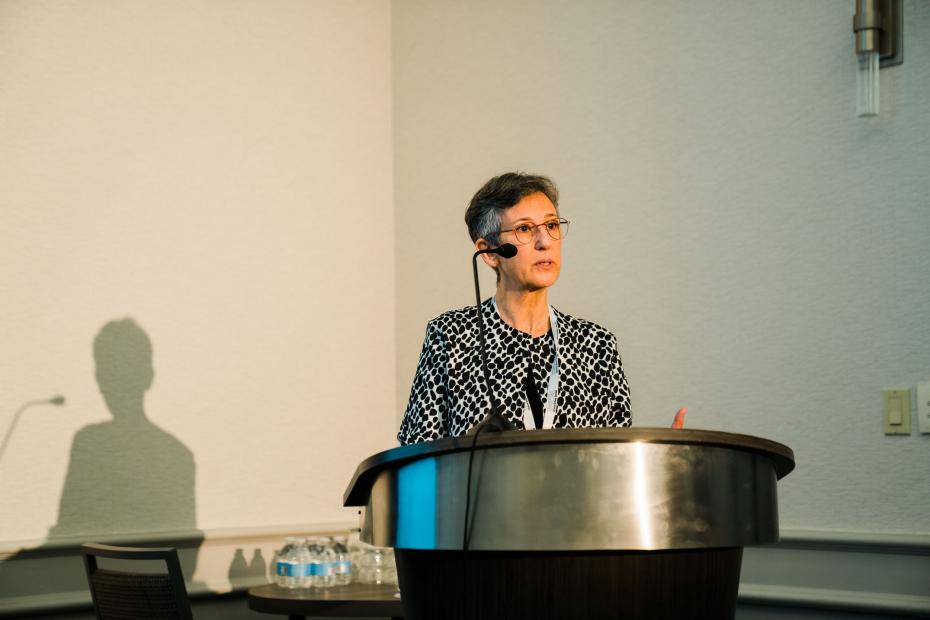What does it mean to become an experience-driven institution in the higher education sector today? This was one of the questions considered during a round-table discussion held in partnership with Cisco at the 2024 THE Digital Universities US event. The round-table participants explored the challenges that surround the creation of innovative learning environments that are user-friendly, personalised and deliver a frictionless experience for students and faculty alike.
“What does experience-driven mean?” asked Kim Siegenthaler, associate vice-chancellor for academic innovation at the City University of New York. “Is it about experiential learning? Does it refer to work-based learning, problem-based learning or engaged learning? For me, it’s all of these things.”
Kate Bowersox, director of the Centre for Digital Education at Washington University in St. Louis, said the term “experience-driven” is intentionally broad: “From the perspective of where I work, a lot of it is about designing everything that we do to optimise the student experience.”
The student experience is about more than just what takes place in the classroom, the panellists agreed. Universities should foster immersion within the learning journey. “The student experience consists of an entire ecosystem, noted Jennifer Stedelin, deputy chief information officer and associate vice-chancellor for academic and administrative technologies at Washington University in St. Louis. “Learning in the classroom, regardless of modality, is just one part of this.”
Although the pandemic saw many universities dip their toes in the experience-driven model, few have been able to create fully immersive and engaging experiences for their students. However, using technologies like automation or AI has enabled some institutions to make progress in enhancing the student experience.
“A couple of years ago we wanted to open up our curriculum to more people around the world,” explained Randall Fullington, assistant vice-provost and executive director of academic and learning innovation at the University of Colorado Boulder. “To achieve this, we looked at an automated enrolment payment solution. We now have a system that allows students to submit their personal information and enrol in their courses in a fast, streamlined manner.”
“Using analytics and AI, we are able to have eyes everywhere,” said Neal Tilley, business development manager at Cisco. “This means every interaction matters. You can identify positive experiences in real-time.”
Institutions have to carefully consider how they can create simpler ways of monitoring the student experience when deploying new technologies. “Having eyes everywhere can create problems,” argued Leisa Bolles, director of enterprise digital media at North Carolina State University. “This is where we can get into questionable areas of privacy.”
Bolles prompted the participants to discuss both the opportunities and challenges posed by modern technologies such as AI. “Today, all learning is online,” said Jill Newman, account manager at Cisco. “With every class you take, whether it’s in-person, hybrid or online, you have to engage online in some way.”
Institutions have to form clear strategies to use technology to create a secure institution and guard against ethical and privacy violations. This is a challenge that universities are facing as they attempt to integrate technology to deliver optimised teaching and learning experiences. While it can be challenging to embrace new technologies, dismissing innovation is not an option, the panel agreed.
Start creating a student-centric campus with Cisco.


comment